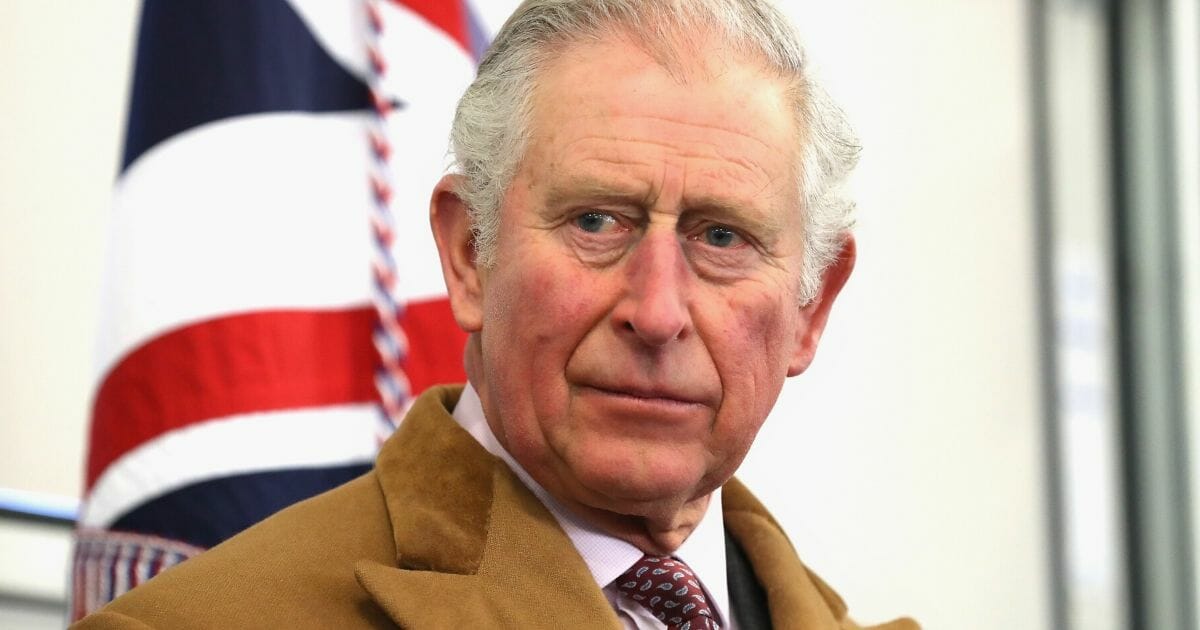
Prince Charles Reportedly Involved in $134 Million Counterfeit Art Scandal
One of the marks of the rich and powerful is the beautiful, shocking or over-the-top original artwork they display. There’s nothing like saying you own an original Monet or Picasso to really get people’s attention and have them look at you in a new light.
There are people who know this, and they make it their life’s work to create imitations of those striking original pieces — and that fact is at the center of a potential scandal that’s blossoming across the pond.
Prince Charles saved a lovely estate known as Dumfries House back in 2007, polished it, and has used it as a place to highlight different forms of art for the general public.
“Dumfries House is one of Britain’s most beautiful stately homes,” the estate’s website reads. “Set in 2,000 acres of land, this stunning estate and 18th-century house with its unrivalled collection of original furniture has something for everyone.”
But perhaps not something from everyone. Recently, Prince Charles accepted an artwork display on loan from James Stunt, who is the ex-husband of Formula 1 heiress Petra Ecclestone.
The collection contained 17 works of art — three of which, according to the Mail on Sunday, were a $64.7 million Monet, a $54.3 million Picasso and a $15.5 million Dali. Grand paintings for a grand house — but perhaps all part of a grand scheme.
The Mail on Sunday reported that a man stepped forward and claimed to be the artist behind three “reproductions.” As a result, the paintings have been removed and returned to Stunt.
“Dumfries House accepts artwork on loan from time to time from individuals and organisations such as the Scottish National Gallery,” a spokesman with The Prince’s Foundation said, according to NBC News. “It is extremely regrettable that the authenticity of these particular paintings, which are no longer on display, now appears to be in doubt.”
Tony Tetro is the man who is claiming that the Monet, Picasso and Dali were products of his own artistry. And this wouldn’t be the first time Tetro has caused a stir with his work.
“Tony Tetro was the world’s greatest art forger in the 1970’s and 1980’s,” a Facebook page dedicated to him reads. “In a career spanning over 30 years, Tetro forged works by old and contemporary masters in every genre. From Chagall to Rembrandt to Dali to Rothko, his extraordinary talent was to create works so real, so plausible, that they appeased even the closest scrutiny of the most discerning eyes.”
“Tetro’s works were regularly passed off as legitmate works in museums, galleries, and auction houses around the world. Los Angeles District Attorney Ira Reiner called Tony, ‘the single largest forger of art works in America.'”
“In 1989, Tetro was convicted of art forgery in a show trial in Los Angeles. He was released from jail in 1994. Currently he executes master copies for an exclusive list of elite clients from his studio in Southern California.”
He’s been at his craft for a long time and clearly has an impressive talent as he is able to paint in a variety of styles that pass for the real deal under casual scrutiny.
“I consider Mr. Tetro to be one of the two major (art) forgers in the United States,” Gary Helton, the district attorney’s investigator, said according to the Los Angeles Times back in 1991. “The other was in New York, but he died.”
Tetro claims that he doesn’t try to pass off his paintings as the originals, and says that he makes it clear to his buyers that these are high-quality reproductions. Still, the amount of money he’s made at his trade has caused people to question his profession.
“For well over 10 years, every cop in this valley and many people who didn’t know me personally, were certain I was a drug dealer,” he said in the 90s, according to the LA Times. “I must have heard it myself, conservatively, 300 times. And the more I defended myself, the more I wasn’t believed.”
“Drive down the street in a Ferrari and a cop is certain that you’re a drug dealer. And you are constantly harassed, constantly getting tickets for nothing, constantly getting your car searched.”
He also said at the time that when he was arrested for the paintings he’d reproduced, he felt a sense of “satisfaction” and “pride,” because “finally these idiots knew that I was an artist.”
There seems to be a discrepancy between the stories of owner James Stunt and Tetro, as Stunt claims he doesn’t own “fake” works, and Tetro claims that he sold multiple paintings to Stunt with the understanding that they were not the originals.
“I don’t want any part of this,” Tetro said, according to the Mail on Sunday. “It has got to be stopped now rather than later. I’m told these pictures went to Dumfries House. There is no question about it: James knew they were mine.”
The plot thickens, as the Wildenstein Institute, based in Paris and known for specializing in Monet authentications, said the pieces were original. Only time will tell who the real creator of these pieces is.
Truth and Accuracy
We are committed to truth and accuracy in all of our journalism. Read our editorial standards.
Advertise with The Western Journal and reach millions of highly engaged readers, while supporting our work. Advertise Today.












